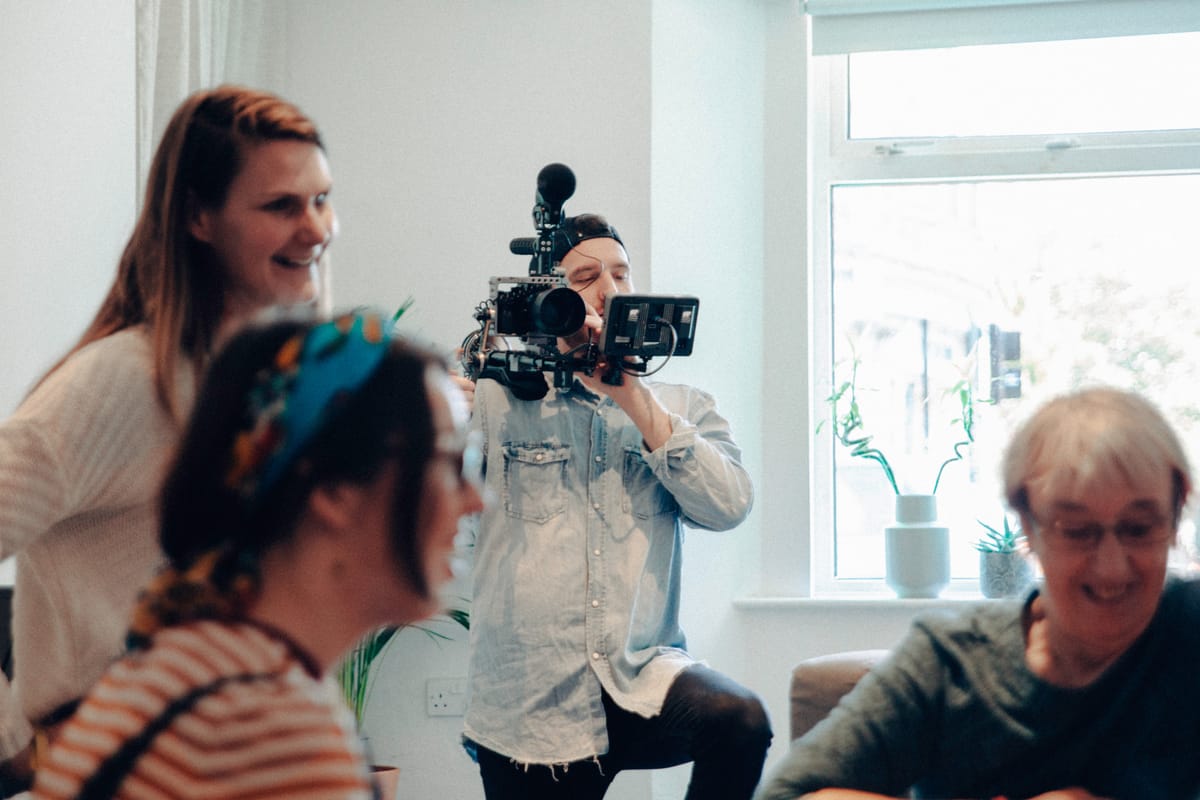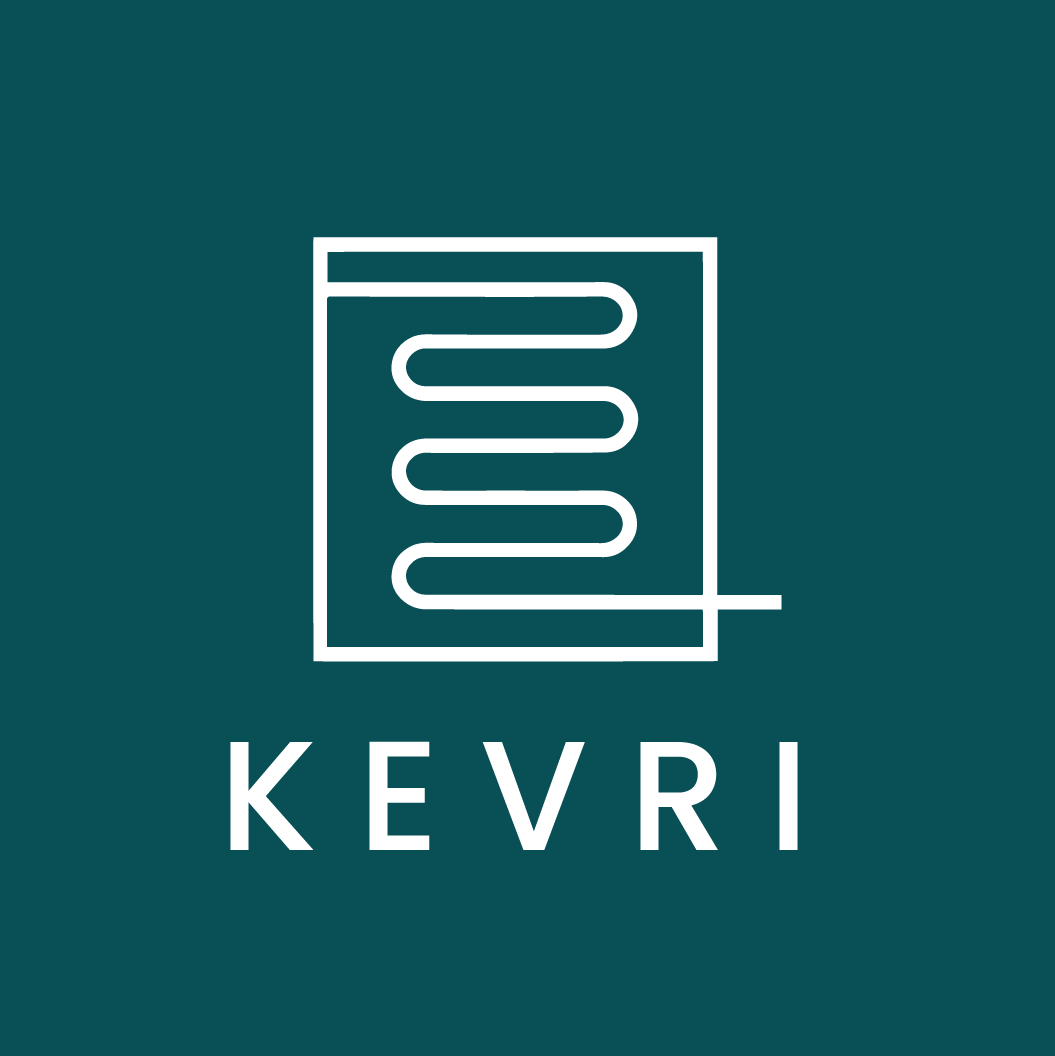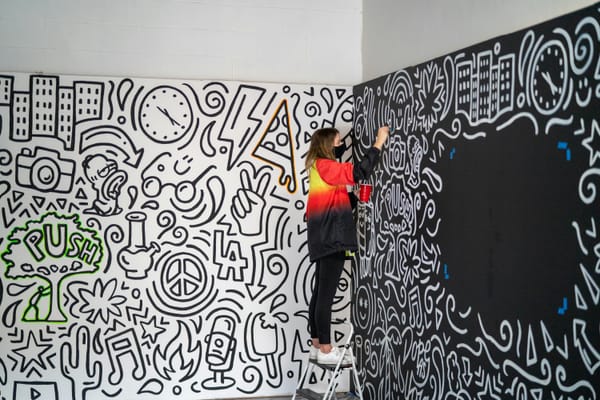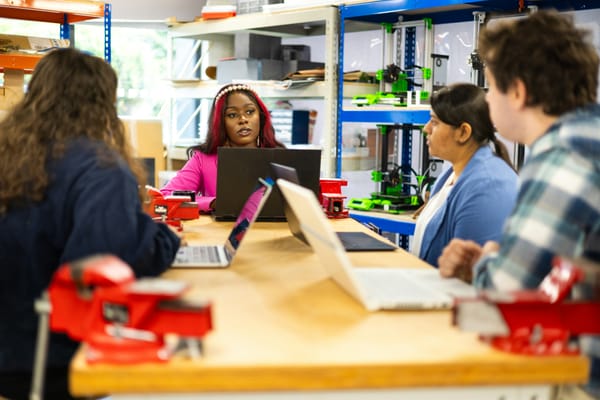Use social media to support your public engagement projects
Promoting your public engagement projects through social media is a great way to attract key collaborators ad stakeholders.

Public and community engagement (PCE) is a brilliant knowledge exchange perspective to shape into your project outputs and outcomes.
Common PCE activities include lectures and talks, workshops and training, focus groups, community forums, public consultations, creative exhibitions and more.
But did you know that social media is also a valuable part of your PCE project toolkit?
Why use social media to promote your public engagement projects?
By leveraging the power of social media, you can enhance public engagement in your knowledge exchange project, facilitate meaningful conversations, and create a digital space for collaboration, knowledge sharing, and impact.
Just some of the benefits include:
🚀Wide Reach
Social media platforms have a vast user base, allowing you to reach a large and diverse audience. In 2023, an estimated 4.9 billion people use social media across the world! You can engage with individuals who may not be directly involved in the project but have an interest in the subject matter. This widens the reach of your knowledge exchange efforts and promotes broader awareness of your project.
📢Direct Communication
Social media provides a direct and interactive communication channel with the public. You can share project updates, engage in conversations, answer questions, and receive feedback in real time. This encourages active participation from the public.
🎯Targeted Engagement
Social media platforms offer sophisticated targeting options that enable you to reach specific demographics or interest groups. This allows you to tailor your messages and content to the interests and needs of your target audience, increasing the relevance and impact of your public engagement efforts.
🔊Amplification of Content
Social media enables easy sharing and amplification of project-related content. When the public finds value in your content, they can share it with their networks, extending the reach and visibility of your knowledge exchange project. This can lead to increased engagement, collaboration, and the potential for the content to go viral.
How to get started👇🏾

1. Define your objectives
Clarify the goals of your public engagement efforts on social media. Determine what you aim to achieve. Perhaps you want to raise awareness of your project, gather project feedback, foster dialogue, or promote specific project outcomes- let your audience know.
2. Identify your target audience
Understand who your target audience is and what platforms they are likely to be active on. Who are you trying to engage with and why? Identify the demographics, interests, and needs of your audience to tailor your content and engagement strategies accordingly.
3. Choose suitable platforms
Select social media platforms that align with your target audience and project goals. Common platforms include Twitter, Facebook, Quora, LinkedIn, Instagram, YouTube, or specialised platforms related to your project's subject matter.
4. Develop a content strategy
Create a content plan that aligns with your objectives and resonates with your target audience. Consider a mix of informative posts, engaging visuals, videos, infographics, articles, or live sessions to provide valuable knowledge and encourage interaction. Just think- what would I enjoy reading or viewing about my project?
5. Encourage dialogue and interaction
Foster conversation and engagement. How? Ask your audience questions, invite opinions, and encourage the public to share their experiences or perspectives. You should also respond to comments, address queries, and facilitate discussions to create an interactive community.
6. Share updates and milestones
Regularly share updates, progress, milestones, and key findings from your project. Use clear and concise language to communicate complex concepts effectively. Visuals, such as infographics or videos, can help make information more accessible and engaging.
7. Utilise storytelling
Use storytelling techniques to communicate the impact and relevance of your knowledge exchange project. Share personal stories, case studies, or anecdotes to humanize the project- this is a great way to capture the interests of people that share your project goals.
8. Analyse and refine
Regularly monitor social media analytics to assess the effectiveness of your engagement efforts. Analyse engagement metrics, reach, audience demographics, and feedback to refine your strategy, content, and approach for continuous improvement.
The Challenges of Using Social Media for Public Engagement
Much like any other engagement tool you use for your knowledge exchange project, it’s vital that you consider the risks as well as the benefits of depending on social media to promote your public and community engagement projects.
Challenges include online trolling, the time and effort required to carry out social media activity, the ability to sustain your social media presence, and more.
But despite the risks, the use of social media platforms enables practitioners and researchers to transcend traditional communication barriers and reach individuals who may not have been easily accessible before.
As social media continues to evolve and play an increasingly significant role in our lives, harnessing its potential for public engagement in research becomes essential for creating a more informed, engaged, and collaborative society.





